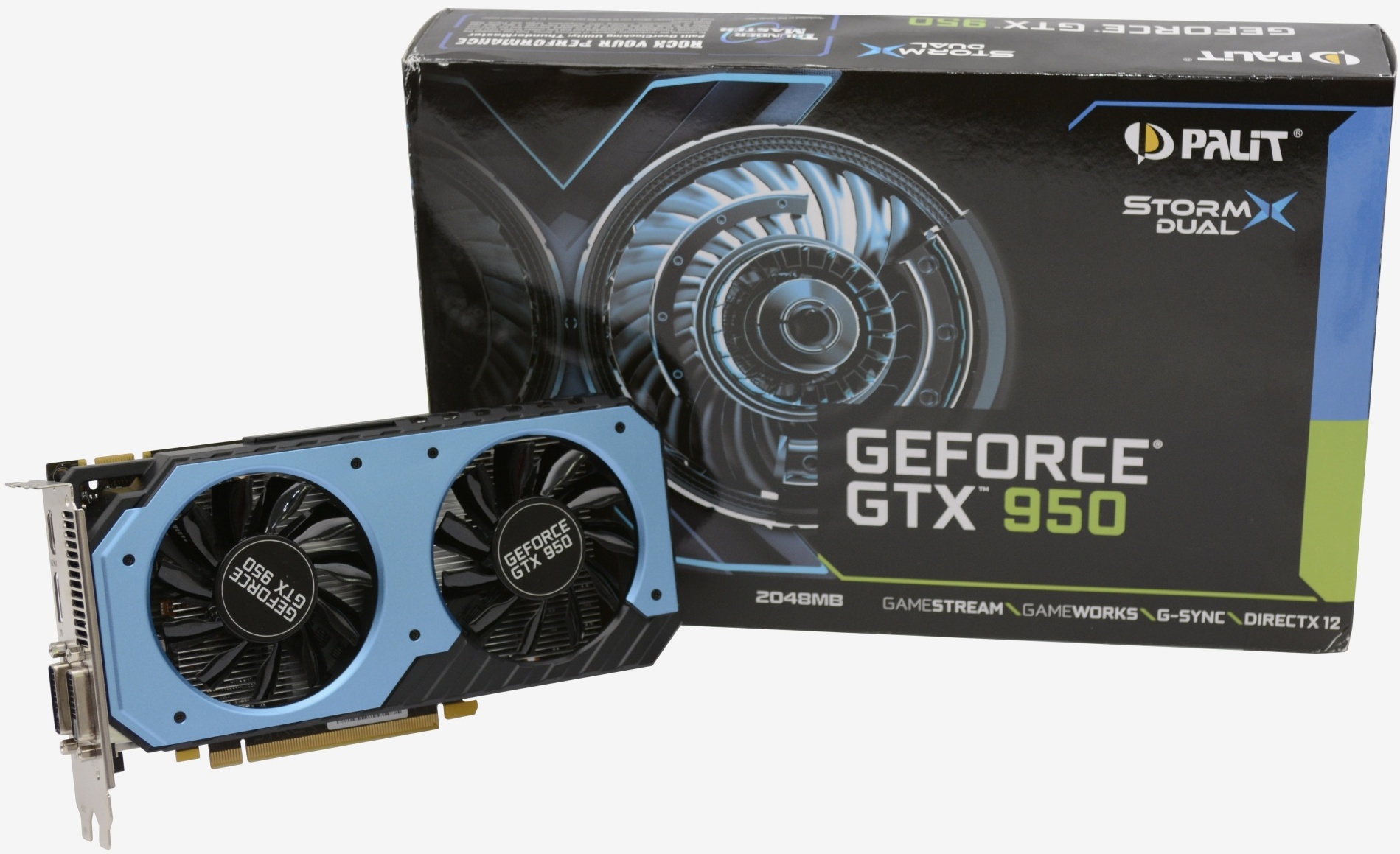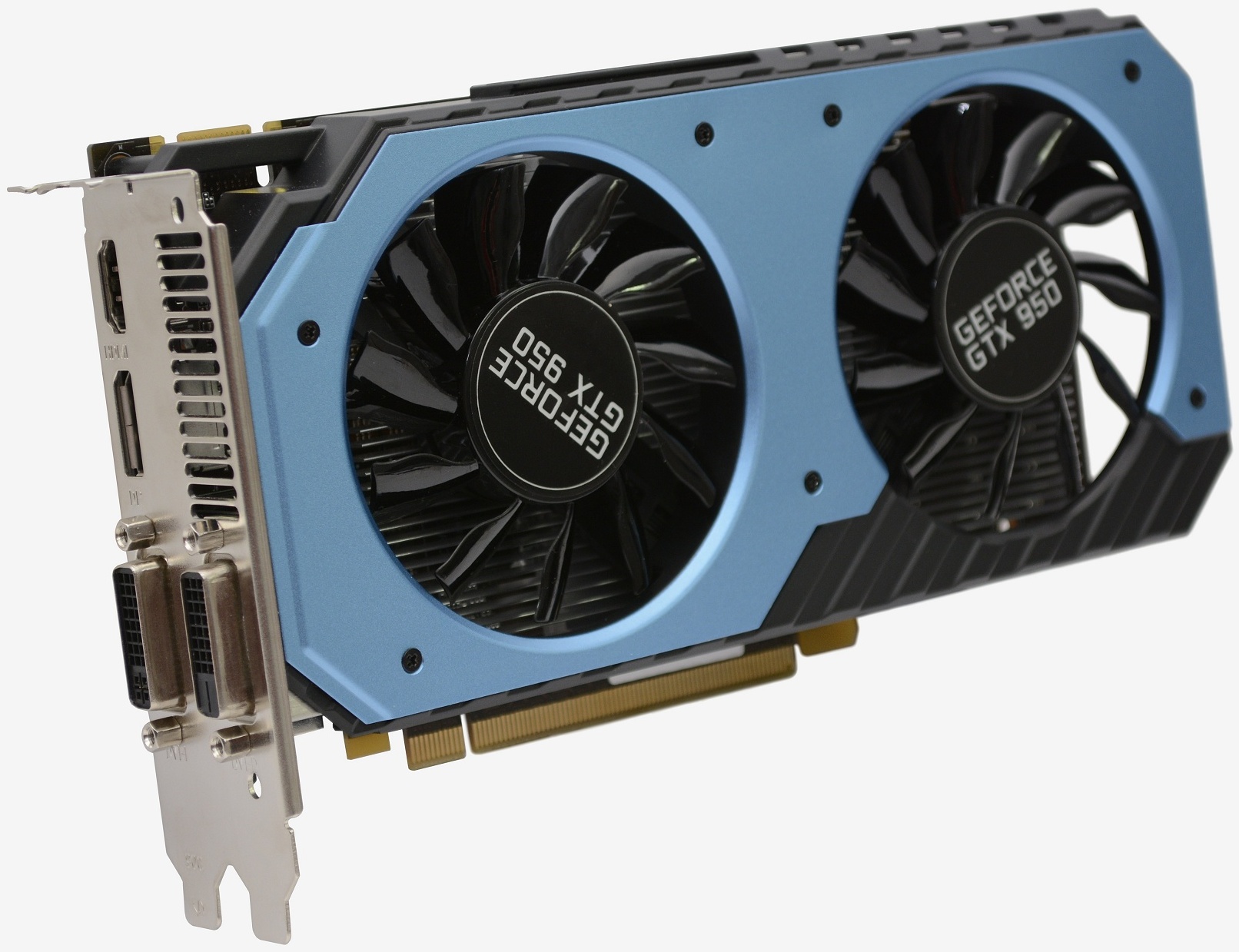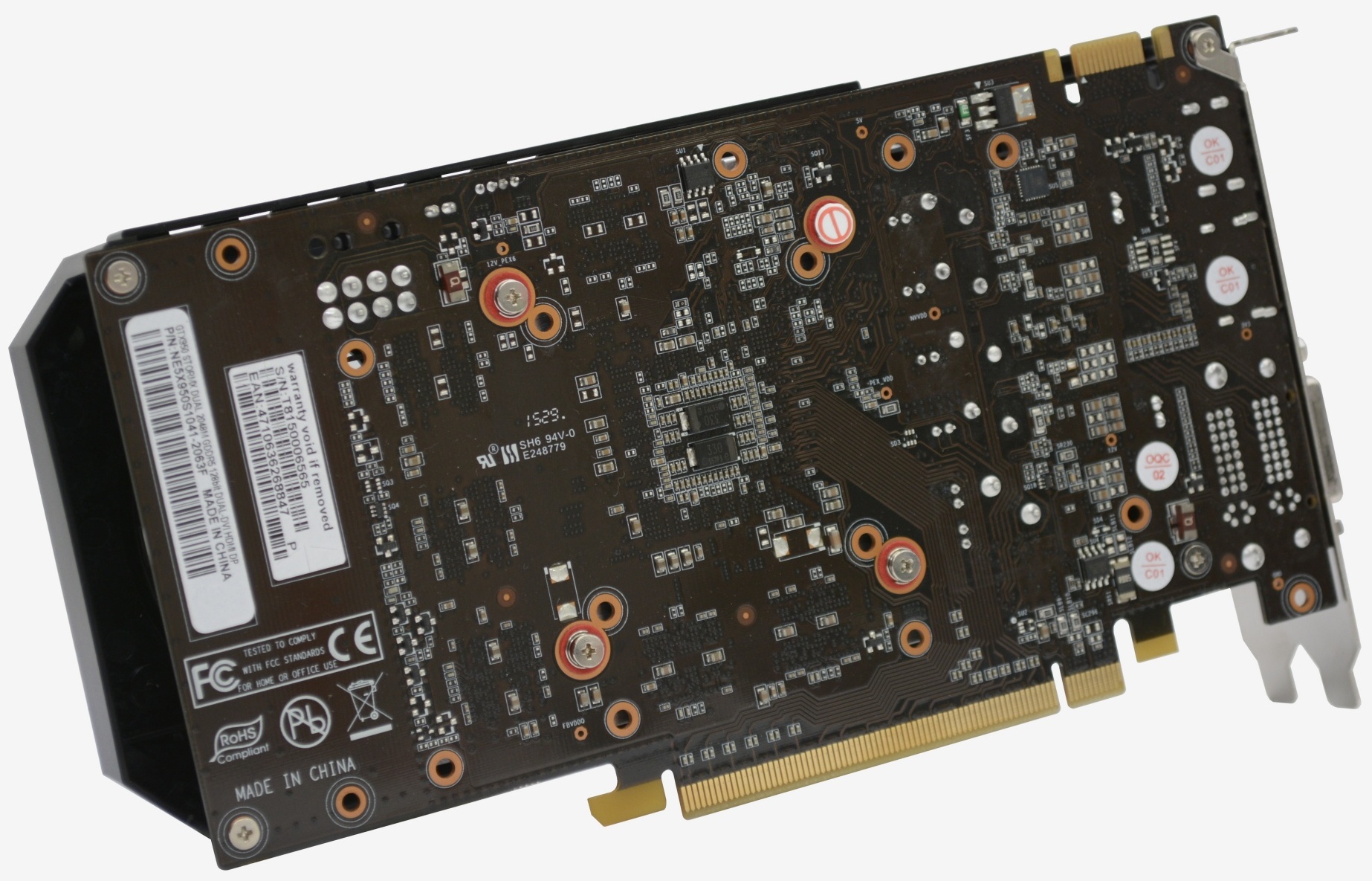- Aug 30, 2012
- 6,598
Nvidia turned up the heat on AMD's Radeon product range late last year when it released its latest GPUs based on the Maxwell microarchitecture. The GTX 980 delivered previously unseen performance from a single GPU and was highly sought after even at $550.
The GTX 980 wasn't our first look at the Maxwell architecture as the GTX 750 Ti gave us a glimpse of what was to come eight months prior. Priced at $150 the GTX 750 Ti was designed to go head-to-head with AMD's R7 265.
The R7 265 wasn’t a particularly impressive GPU for the simple fact that the R7 270 and R7 270Xdidn't cost much more at the time but delivered noticeably better performance.
This then made the GTX 750 Ti all the more disappointing as it struggled to keep pace with the equally priced R7 265 which led us to conclude, "In spite of the GTX 750 Ti's efficiency gains, solid overclocking and low power requirements, it doesn't offer enough oomph compared to the R7 265 if both cards are to be sold at $150."

Although the GTX 750 Ti was disappointing, the subsequent Maxwell GPUs haven't been. TheGTX 980 Ti, 980, 970 and the 960 are all great cards, though unfortunately most of them cost well over $300. The GTX 960 is the cheapest Maxwell GPU worth buying but at $200 it's still too pricey for many gamers.
That's where the new GTX 950 steps in, replacing the GTX 750 Ti as the new $150 GPU in Nvidia's current generation line up. Whereas the GTX 750 Ti was light on performance, the GTX 950 promises to deliver highly playable 1080p performance and will take on the R7 370 (a rebadged R7 265, which was also a rebadge of 2012's HD 7850).
The GeForce GTX 950
The GTX 950 features the same GM206 GPU as the GTX 960 with a few core features disabled. Rather than all 8 SMM units the GTX 950 features just 6 SMM units for a total of 768 CUDA cores.

Consequently, the texture units have also been reduced from 64 to 48, while the ROPs remain the same at 32.
The base core clock speed has been set at 1024MHz with a boost clock speed of 1188MHz which is comparatively low to the 1127/1228MHz core clock speeds of the GTX 960 so we expect to find quite a bit of overclocking headroom.

Little has been changed to the memory interface as a 128-bit wide bus is still being used, though the memory frequency has been reduced to 6.6GHz effective memory clock from 7.0GHz for the GTX 960. The GTX 950 will also come with 2GB of memory, though 4GB models will also be available, that said we suggest you avoid the 4GB version as the GTX 950 isn't powerful enough to utilize that much memory.
The GTX 950's GM206 GPU ships with a new video engine that natively supports H.265 (HEVC) encode and decode in hardware, while the GTX 950's display engine supports up to four displays at up to 5K (5120x3200) resolution.

The GTX 950 should offer several advantages over the the R7 370. Due to its Maxwell architecture, the GTX 950 should consume less power while delivering more performance. It also supports future DX12 games with feature level 12.1 while the R7 370 is limited to feature level 11.1 and with support for HDMI 2.0, the GTX 950 can playback 4K content at 60 fps.
That said we are not going to place too much emphasis on DX12 support with mid-range to low-end GPUs, as it is unlikely they will offer enough processing power to take advantage of these new rendering technologies.
On hand is Palit's GTX 950 StormX Dual graphics card which has been factory overclocked to 1064MHz base and 1241MHz boost. The card measures 22cm long with a 21cm long PCB and features a bland aluminum heatsink that doesn't utilize heatpipes.
That said, the GTX 950 has been given a 90 watt TDP rating, so we suspect this heatsink will be more than ample. There are two 75mm fans pushing air over the heatsink so airflow isn't going to be an issue.

On the I/O panel we find a single DisplayPort, HDMI output and two Dual-Link DVI ports. Nvidia says the GTX 950 supports three DisplayPort 1.2 connectors, a single HDMI 2.0 output and one Dual-Link DVI port.
Test System Specs
The GTX 980 wasn't our first look at the Maxwell architecture as the GTX 750 Ti gave us a glimpse of what was to come eight months prior. Priced at $150 the GTX 750 Ti was designed to go head-to-head with AMD's R7 265.
The R7 265 wasn’t a particularly impressive GPU for the simple fact that the R7 270 and R7 270Xdidn't cost much more at the time but delivered noticeably better performance.
This then made the GTX 750 Ti all the more disappointing as it struggled to keep pace with the equally priced R7 265 which led us to conclude, "In spite of the GTX 750 Ti's efficiency gains, solid overclocking and low power requirements, it doesn't offer enough oomph compared to the R7 265 if both cards are to be sold at $150."

Although the GTX 750 Ti was disappointing, the subsequent Maxwell GPUs haven't been. TheGTX 980 Ti, 980, 970 and the 960 are all great cards, though unfortunately most of them cost well over $300. The GTX 960 is the cheapest Maxwell GPU worth buying but at $200 it's still too pricey for many gamers.
That's where the new GTX 950 steps in, replacing the GTX 750 Ti as the new $150 GPU in Nvidia's current generation line up. Whereas the GTX 750 Ti was light on performance, the GTX 950 promises to deliver highly playable 1080p performance and will take on the R7 370 (a rebadged R7 265, which was also a rebadge of 2012's HD 7850).
The GeForce GTX 950
The GTX 950 features the same GM206 GPU as the GTX 960 with a few core features disabled. Rather than all 8 SMM units the GTX 950 features just 6 SMM units for a total of 768 CUDA cores.

Consequently, the texture units have also been reduced from 64 to 48, while the ROPs remain the same at 32.
The base core clock speed has been set at 1024MHz with a boost clock speed of 1188MHz which is comparatively low to the 1127/1228MHz core clock speeds of the GTX 960 so we expect to find quite a bit of overclocking headroom.

Little has been changed to the memory interface as a 128-bit wide bus is still being used, though the memory frequency has been reduced to 6.6GHz effective memory clock from 7.0GHz for the GTX 960. The GTX 950 will also come with 2GB of memory, though 4GB models will also be available, that said we suggest you avoid the 4GB version as the GTX 950 isn't powerful enough to utilize that much memory.
The GTX 950's GM206 GPU ships with a new video engine that natively supports H.265 (HEVC) encode and decode in hardware, while the GTX 950's display engine supports up to four displays at up to 5K (5120x3200) resolution.

The GTX 950 should offer several advantages over the the R7 370. Due to its Maxwell architecture, the GTX 950 should consume less power while delivering more performance. It also supports future DX12 games with feature level 12.1 while the R7 370 is limited to feature level 11.1 and with support for HDMI 2.0, the GTX 950 can playback 4K content at 60 fps.
That said we are not going to place too much emphasis on DX12 support with mid-range to low-end GPUs, as it is unlikely they will offer enough processing power to take advantage of these new rendering technologies.
On hand is Palit's GTX 950 StormX Dual graphics card which has been factory overclocked to 1064MHz base and 1241MHz boost. The card measures 22cm long with a 21cm long PCB and features a bland aluminum heatsink that doesn't utilize heatpipes.
That said, the GTX 950 has been given a 90 watt TDP rating, so we suspect this heatsink will be more than ample. There are two 75mm fans pushing air over the heatsink so airflow isn't going to be an issue.

On the I/O panel we find a single DisplayPort, HDMI output and two Dual-Link DVI ports. Nvidia says the GTX 950 supports three DisplayPort 1.2 connectors, a single HDMI 2.0 output and one Dual-Link DVI port.
Test System Specs
- Intel Core i5-4690K (3.5 - 3.9GHz)
- x2 4GB Crucial Ballistix Elite DDR4-2400
- Asrock Z97 Extreme6 (Intel Z97)
- Silverstone Strider Series (700w)
- Crucial MX200 1TB (SATA 6Gb/s)
- GeForce GTX 650 Ti Boost (2048MB)
- GeForce GTX 750 Ti (2048MB)
- Radeon R9 270 (2048MB)
- Radeon R7 265 (2048MB)
- Radeon R7 370 (2048MB)
- GeForce GTX 760 (2048MB)
- GeForce GTX 950 (2048MB)
- Radeon R9 285 (2048MB)
- GeForce GTX 960 (2048MB)
- Radeon R9 380 (2048MB)
- Microsoft Windows 10 Pro
- Nvidia GeForce 355.60
- AMD Catalyst 15.7.1

